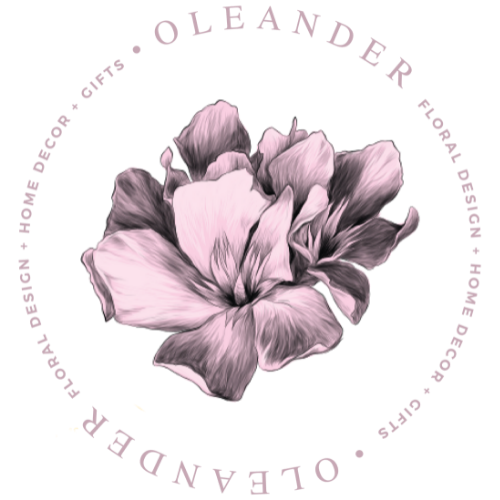Saskatchewan - Western Red Lily
Saskatchewan made the Western Red Lily its flower of choice in 1941. Typically found in meadows, forests and other damp, wooded areas, it has become a rare sight in the province due to urban sprawl and forest fires. Researchers are working to increase the germination of this protected species.
Northwest Territories - Mountain Avens
Mountain Avens have represented the N.W.T. since 1957. The bloom flourishes on rocky ground that is commonly found across the territory, and the species is related to Alberta's provincial flower, the Wild Rose.
Nunavut - Purple SaxifrageWe thought we’d take this opportunity to educate ourselves here in the store and share what we learnt about some of Canada’s native plant life.
As you may well know, each of the provinces and territories of Canada has an official floral emblem, but interestingly there is no national flower of Canada. These symbols represent the sovereignty and the various provincial identities and account for the different flowers grown in different areas of our beautiful country.
Alberta - Wild Rose
The Wild Rose became Alberta's provincial emblem in 1930 after it was selected by a group of school children. Found across the country, wild roses can expect to make their annual appearance in late spring and early summer.
British Columbia - Pacific Dogwood
Pacific Dogwood has represented B.C. since 1956. April is peak season for this cheerful flower, which thrives when the weather is soggy. Handy in BC!
Manitoba - Prairie Crocus
The Prairie Crocus has been Manitoba’s flower for more than a century. These flowers slowly start to bud in spring time in parts of western Canada.
New Brunswick - Purple Violet
Purple Violets are a common sight in New Brunswick. An official emblem since 1936, these tiny flowers are also the state flower of New Jersey.
Newfoundland and Labrador - Purple Pitcher Plant
Queen Victoria selected the Purple Pitcher plant to adorn a Newfoundland penny more than a century ago, but the deep red flower didn't become an official emblem until 1954. Found in bogs and marshes around the province, the pitcher plant is a carnivorous species that traps and eats insects.
Nova Scotia - Mayflower
The Mayflower has been a proud symbol of Nova Scotia since 1901. Known as the first flower of spring, mayflowers can sometimes be spotted as early as mid-March.
Ontario - White Trillium
Communities across Ontario usually start spotting Trilliums in early April. If April showers are consistent, the flowers will generally do well. Makes those gloomy wet days a little brighter!
Prince Edward Island - Lady’s Slipper
The Lady's Slipper, a brightly-coloured, tropical-looking flower, usually blooms in full force across P.E.I. from April to July.
Quebec - Blue Flag Iris
Officially adopted as Quebec's provincial flower in 1999, the Blue Flag Iris is found between the St. Lawrence Valley and the James Bay shore. They can usually be seen dotting green spaces with their indigo petals from the end of May through to early July.
Most people don't associate Nunavut with foliage, but Purple Saxifrages grow well in Nunavut's cool climate. Often spotted on mountainous terrain, this purple flower brings a pop of colour to the territory's rocky spaces.
Yukon - Fireweed
Fireweed is one of the first blooms to pop up after a fire. Considered a symbol of hope, it serves as a proud territorial emblem.
We think they’re all pretty special, but which one is your favourite?

